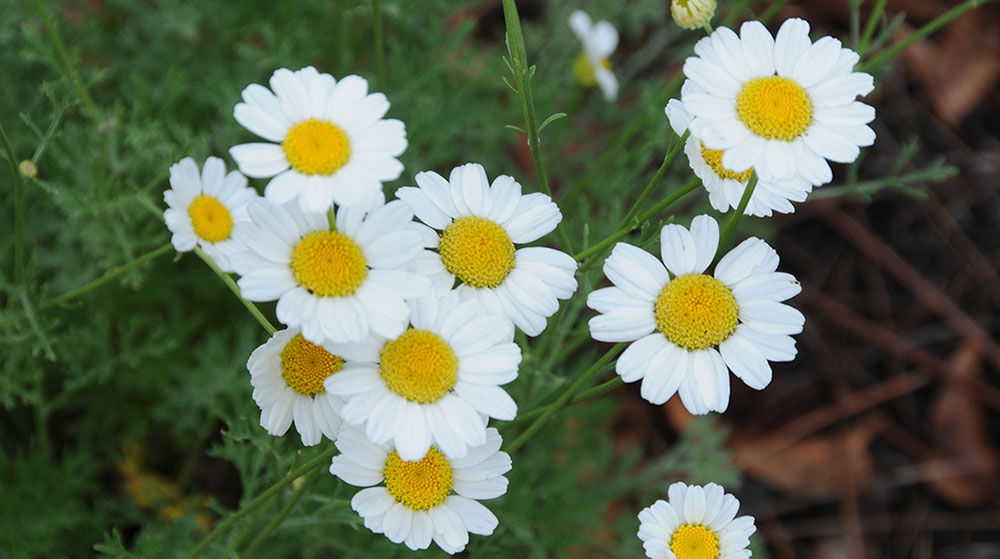Pyrethrum daisy
Do you know mosquito coil is just paste from this flower that grows so well in Zimbabwe and across Africa.Ladies and gents meet: Pyrethrum refers to the Pyrethrum daisy (Chrysanthemum cinerariifolium) from which the insecticidal compound is extracted. Also nicknamed Dalmatian chrysanthemum, this perennial daisy is loaded with chemicals called pyrethrins that are toxic to insects. Since it is directly extracted from a plant, and since it is considered nontoxic to humans, pyrethrum is approved in the U.S. for use on certified organic farms.
About Pyrethrum
If you start reading pesticide labels, all the “P” words will get pretty confusing! Common ingredients Pyrethrum.Pyrethrum comes from plantsPyrethrum: The general name for an insecticide derived from the Pyrethrum daisy.Pyrethrins: The active chemicals in pyrethrum. “Pyrethrum” and “pyrethrin” are often used interchangeably.Pyrethroids: Synthetic pyrethrins. They are much more toxic than natural pyrethrins and are not approved for organic gardening.Permethrin: An example of a synthetic pyrethroid, not to be confused with its natural counterpart!
Pyrethrum Facts
Pyrethrum is highly toxic to most insects. This means that it’s effective against the pests, but it’s also deadly to the beneficial insects that pollinate your vegetables and help out by eating those pests.Best for Spot Spraying: Like any powerful compound, pyrethrum should be used only for spot-spraying heavily infested plants. You shouldn’t be dousing the entire garden with it.
Pyrethrum is very effective at “knock-down,” which means flying insects will hit the dirt when sprayed with it. However, if the dosage isn’t high enough, they can revive. For this reason, pyrethrum may be mixed with other ingredients to increase its effectiveness, and some of those ingredients might be neither organic nor nontoxic. Pyrethrins are often mixed with piperonyl butoxide (PBO), a toxic, non-organic chemical to make it more potent. It’s also often mixed with other organic ingredients such as neem oil or insecticidal soap. Read labels to make sure you’re getting 100% organic ingredients.
Human and Animal Safety: Pyrethrum is touted as being “non-toxic.” Truth is, pyrethrum isn’t harmless, but it is one of the least toxic pesticides out there. It’s toxic to fish and amphibians, though, so it should be kept out of storm drains and waterways.
Pyrethrum Benefits: Pyrethrins are biodegradable and break down quickly in sunlight (within a few days). They don’t persist in the soil or on your veggies, which is one of the reasons they’re considered relatively safe to use around food crops.
Growing Pyrethrum: You can grow Pyrethrum daisies in your own garden to repel pests, and you can even harvest and dry the flowers to grind into your own insecticidal powder. They’re pretty plants, with lovely white daisy blossoms with yellow centers. Kenya is a major producer and its earning millions from it.Now go on google and research on this!

